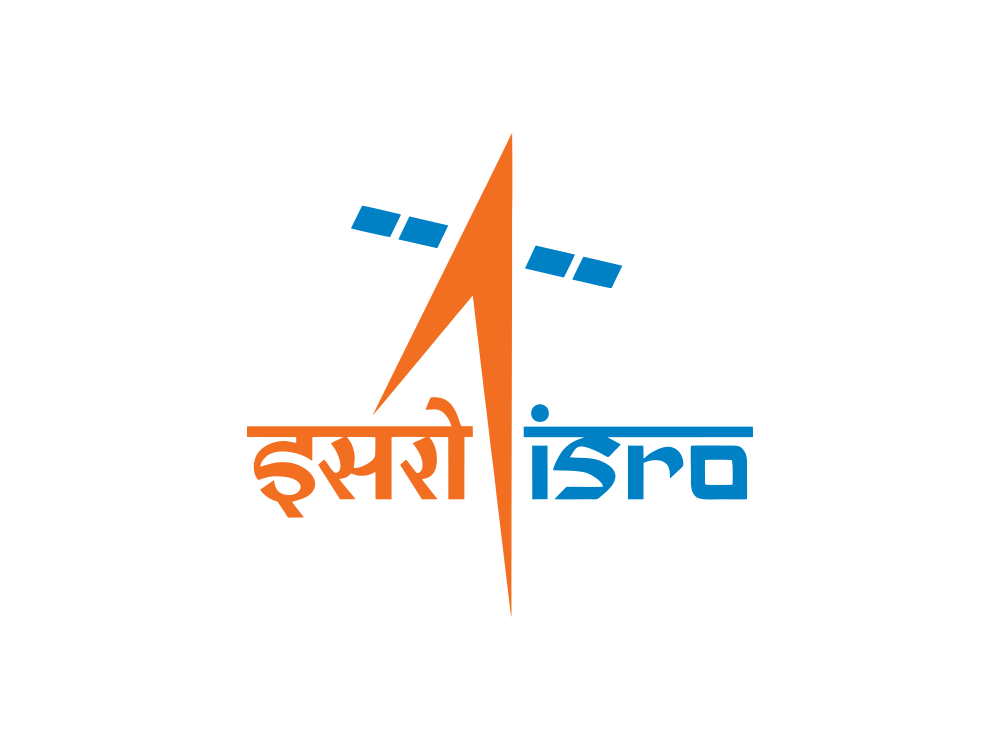
BENGALURU (PTI): Indian Space Research Organisation chairman S Somanath on Thursday said there will be an announcement soon about the space agency's testing facility with regard to the hypersonic air breathing vehicle 'HAVA'.
The space scientist, however, emphasises that ISRO was not focused on air breathing technology because it wants to deal more with space.
Air-breathing engines are those that take in air from its surroundings in order to burn fuel, such as jet engines. It is therefore not suitable for space travel as there is no air/ atmosphere in space.
"We are also developing a new rocket 'HAVA' to fly at a hypersonic speed for 200-plus seconds. You will also hear some announcements soon about our testing plant with the new fuel for air breathing," Somanath told reporters in Bengaluru.
'HAVA' stands for Hypersonic Air Breathing Vehicle with Air Integration System.
Replying to a query on the progress made on air breathing technology, Somanath said ISRO is looking at it not as an immediate input for any rocket, but as a technology capability.
"If air is there, that is not space," Somanath explained. "ISRO is not much into air breathing technology primarily because we don’t want to dwell in air, we want to go to space. But we develop the technology because it is a very high-end technology in terms of capabilities that we have – in terms of combustion etc. So we are testing the engine. We are testing in our Mahendragiri facility where we have established a hypersonic test facility," he added.
Regarding new generation launch vehicles (NGLV), Somanath said ISRO is building an architectural rocket, and a big team from various centres is working on it.
"The team has come out with a preliminary report on how this rocket should look like, what are the technology inputs, what are the approaches that we have to do, where we should do, what manufacturing – everything is addressed. We want it to be partially reusable. We should use the new generation propulsion and engine." To a question, Somanath ruled out any Russian dependence on cryogenic engines.
"There is no Russian dependence in our cryogenic engines. It is 100 per cent Indian by now. It was there maybe 15 years (ago). We are not dependent on Russia for any inputs including components. Whatever we had purchased from Russia have all been replaced by Indian equivalent components. It is already done," he said.
The ISRO Chairman said that after the Russian collaboration, a new indigenous engine called ‘C-25’ was developed in ISRO, which he, as Director of Liquid Propulsion Systems Centre (LPSC), qualified and launched multiple times.
About the semi-cryogenic engine, Somanath said ISRO is developing one to replace the LVM-3 or Launch Vehicle Mark-III, previously known as the Geosynchronous Satellite Launch Vehicle Mark III or GSLV Mk III.
According to him, it is a 200-tonne engine, which ISRO has been developing for the past 15 years.
"This engine has now reached the first powerhead. The assembly has already been done. We have built a huge test facility. It was commissioned just last month and we have installed it and done the first ever propellant feed into it (sic). So it’s successful now," the ISRO Chief said.
He added that in another few days, the first firing of the engine will take place, followed by six to seven tests, which will take place every two weeks under different conditions.
If the tests are successful, the next phase will be to work on the hardware, Somanath said.
He also explained that ISRO had initially planned to conduct the tests in Russia and Ukraine because they had the facilities to conduct the tests, but now due to war, those locations are not accessible.
"Now the geopolitical situation does not allow us to go there," Somanath said, explaining that it made the space agency accelerate the construction of such a facility in India.
"I am happy that the industry is supporting us so much to build a huge facility, which has just been commissioned," he added.
 Previous Article
Previous Article Next Article
Next Article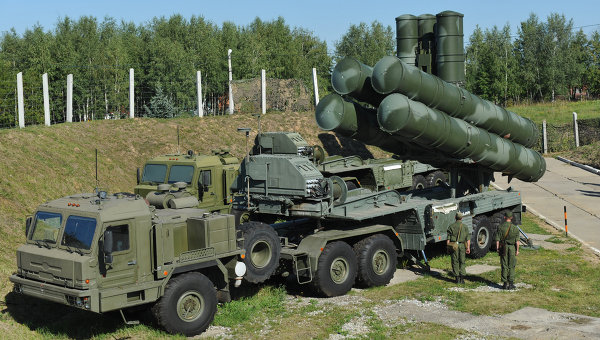

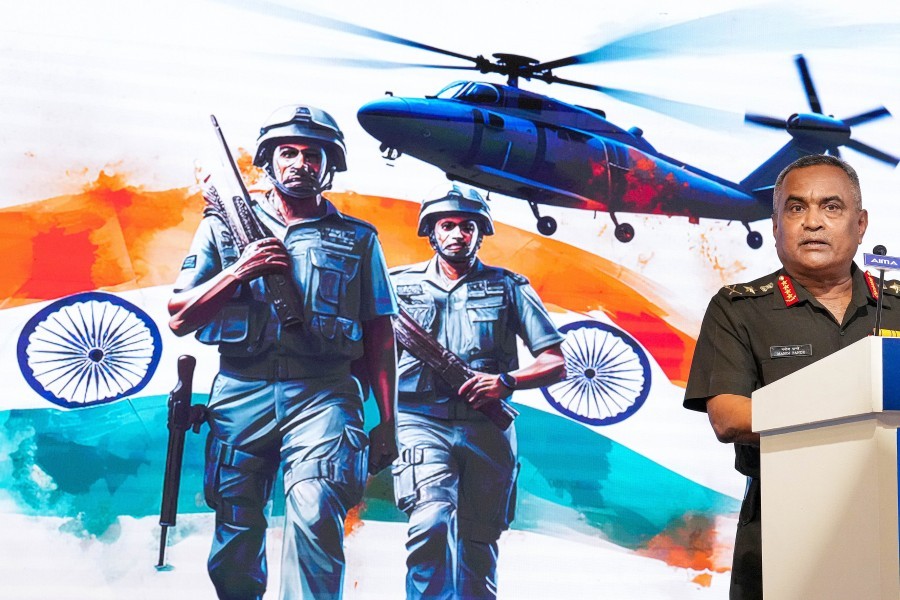

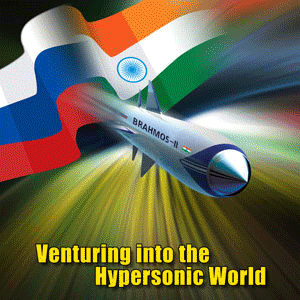

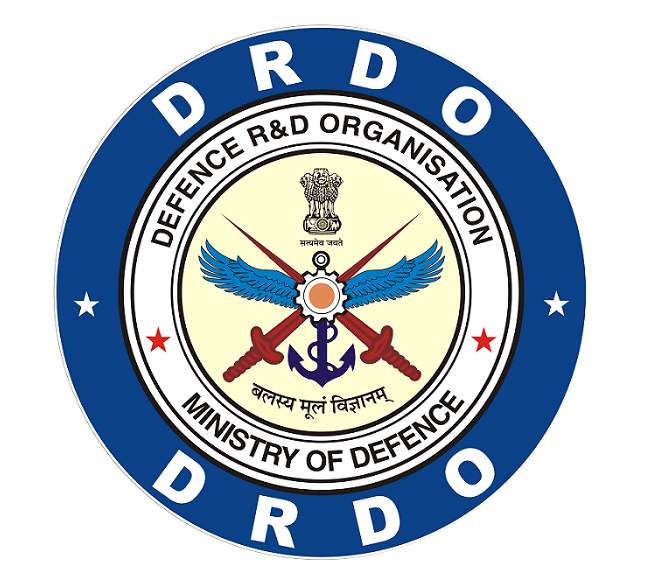
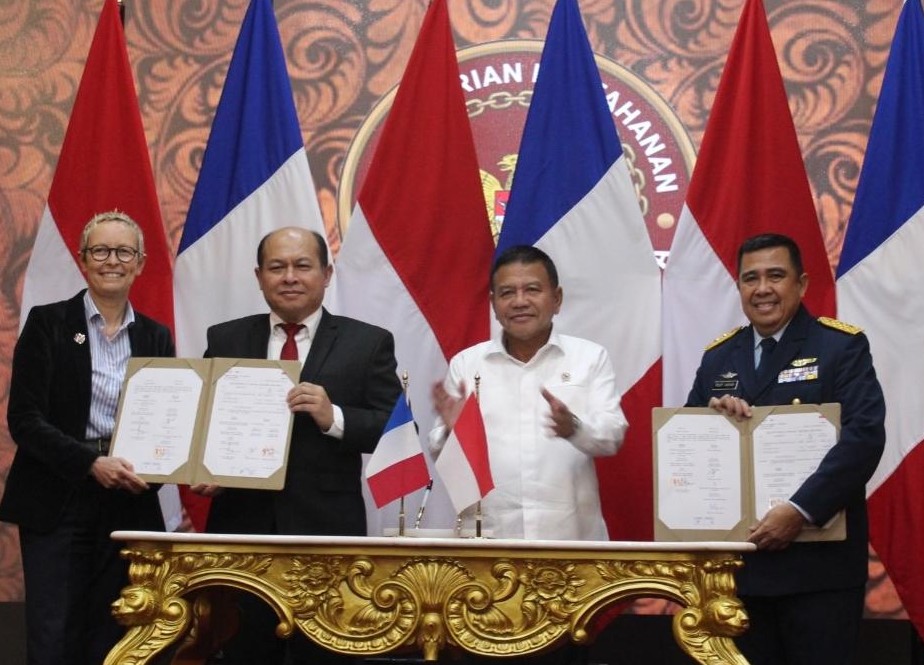





The Indian Air Force, in its flight trials evaluation report submitted before the Defence Ministry l..
view articleAn insight into the Medium Multi-Role Combat Aircraft competition...
view articleSky enthusiasts can now spot the International Space Station (ISS) commanded by Indian-American astr..
view article